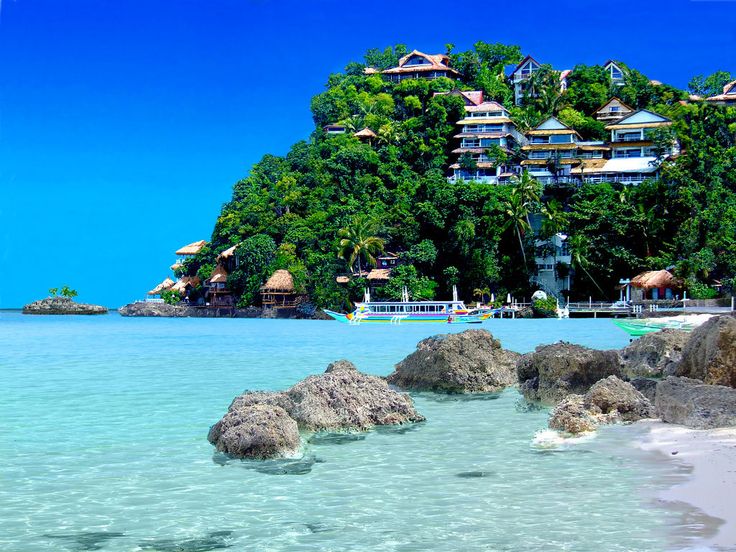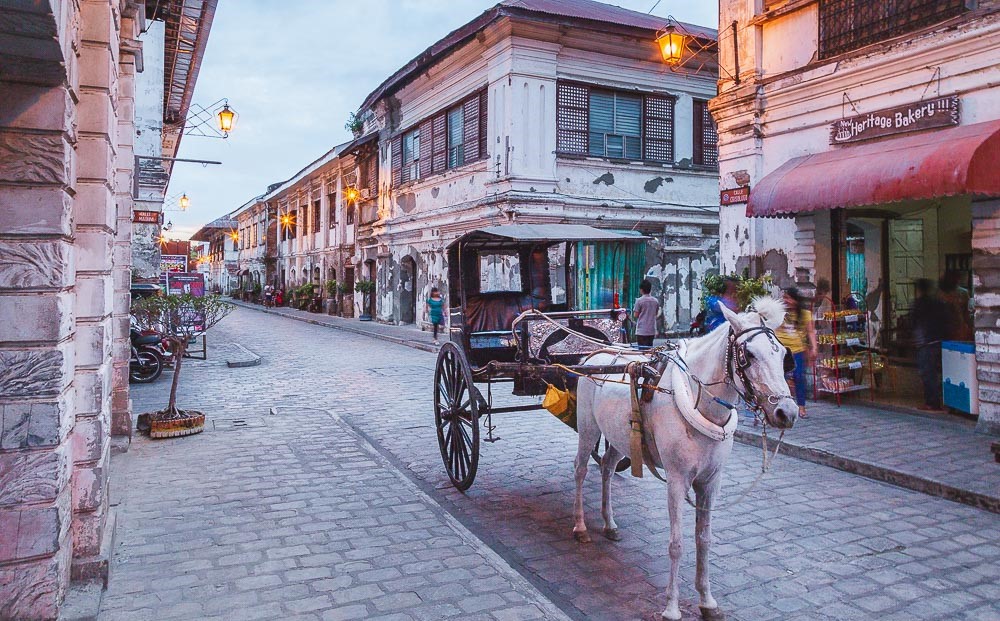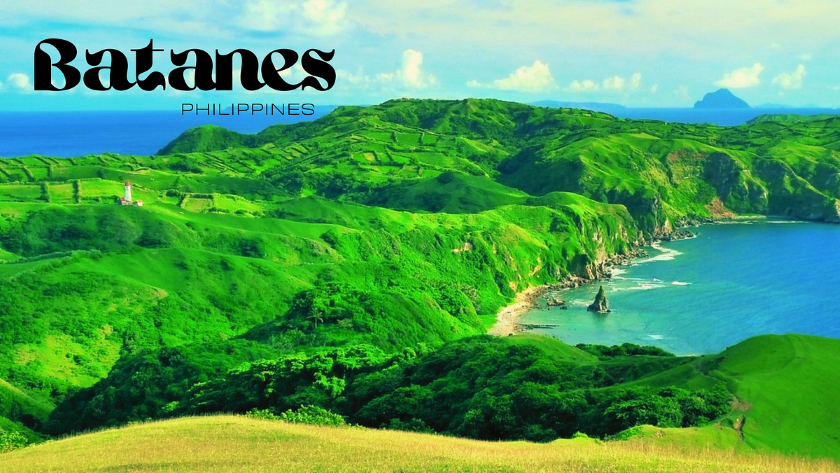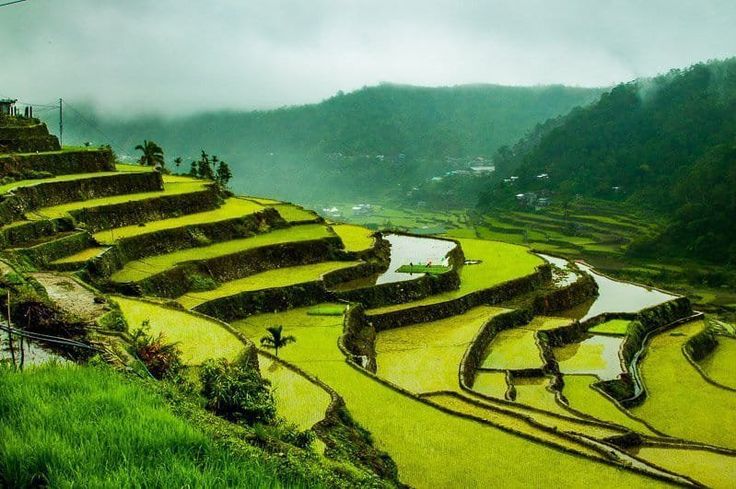Mount Pulag is Luzon‘s highest peak at 2,928 metres (9,606 ft) above sea level, third-highest mountain in the Philippines, and the 26th-highest peak of an island on Earth.
It is second-most prominent mountain in the Philippines, it is a dormant volcano. Located on the triple border of the provinces of Benguet, Ifugao, and Nueva Vizcaya, the borders meet at the mountain’s peak. Mount Pulag is third highest next to Mount Apo and Mount Dulang-dulang.
Mount Pulag is famous for its “sea of clouds” and its exceptional view of the Milky Way Galaxy at dawn, which has attracted many tourists who wish to see the “other-worldly” scenery.
The entire mountain is believed to be the home to the tinmongao spirits and is the sacred resting ground of the souls of the Ibaloi people and other ethnic peoples in the area.
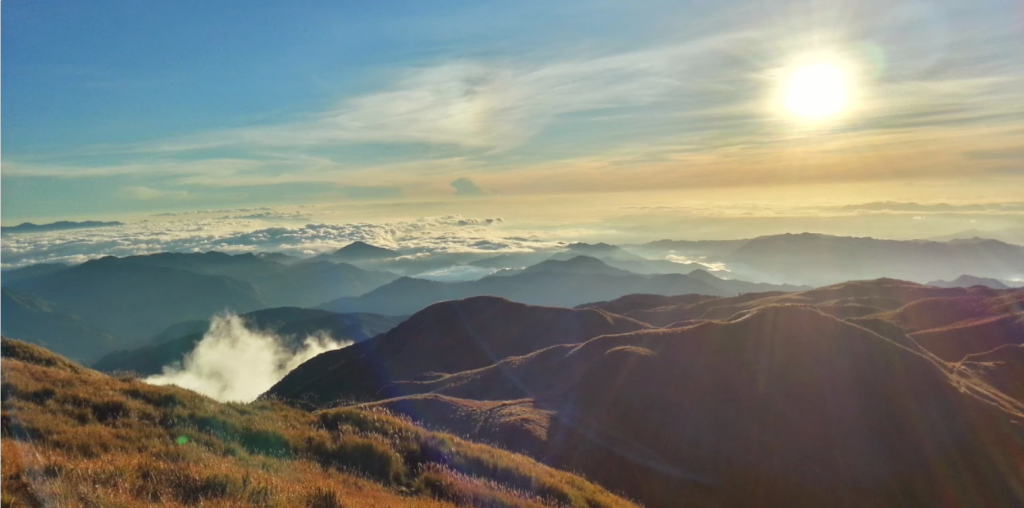
History
The Ibaloi people of Benguet mummify their dead and house them in caverns in the mountain. The Kabayan mummy burial caves, one of the main attractions of the site, are considered Philippine national cultural treasures under Presidential Decree No. 432.
Mt. Pulag was proclaimed a national park through Presidential Proclamation No. 75 signed by President Corazon Aquino on February 20, 1987, covering an area of 11,550 hectares (28,500 acres). It is part of the Cordillera Biogeographic Zone and is a National Integrated Protected Areas Programme (NIPAP) site.
The national park is inhabited by different ethnic groups such as the Ibalois, Kalanguya, Kankana-eys, Karao, and Ifugaos.
Mount Pulag stands at 2,928 metres (9,606 ft) high. The peak of the mountain is located in the Municipality of Kabayan Province of Benguet.
Climate
The climate at the summit of Mount Pulag is subpolar oceanic (Köppen Cwc), bordering a subtropical highland (Köppen Cwb) climate, as its summer mean temperatures only slightly exceed 10 degrees Celsius. Rainfall on the mountain averages 4,489 millimetres (176.7 in) yearly with August being the wettest month with an average rainfall of 1,135 millimetres (44.7 in).
Snow has not fallen on its top in at least the past 100 years, only hailstorms that look like snow. However, there have been mild flurries on the mountain, especially during December, January and February. Frost is more common on the mountain due to the low temperature during those months.
During the winter season, the temperature at the highest point of the mountain is known to dip into sub-freezing temperatures, making it the coldest place in the country. The only recorded incidence of snow was in the late 1800s.
Hiking Activity
As the highest mountain in Luzon, Mount Pulag attracts a lot of mountain climbers. Highlights of the climb include the montane forests and the grassland summit with its “sea of clouds” phenomenon. There are four major trails up the summit: the Ambangeg, Akiki, and Tawangan trails from Benguet and the Ambaguio trail from Nueva Vizcaya. These trails are managed by the Mount Pulag National Park, under the Department of Environment and Natural Resources.

